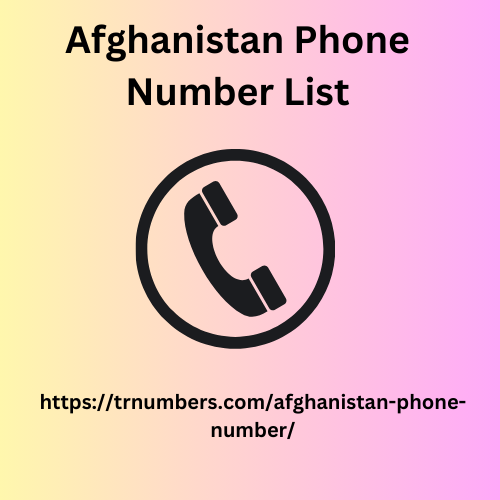Cold Transferring a Call (Customer Service Practice):
Occurs when a customer service representative connects you directly to another department or person without speaking to them first. The transferred person wouldn't know why you're calling or what you need, leading to confusion and frustration.
Cold Calling in the Classroom (Teaching Technique):
Involves calling on students to answer questions or participate in discussions without warning. This can be a way to promote active learning and engagement.
Benefits of Cold Calling in the Classroom (Used Strategically):
Increased Participation: Cold calling can encourage students who wouldn't normally participate to speak up in class.
Improved Afghanistan Phone Number List Preparation: Knowing they might be called on motivates students to stay engaged and prepare for discussions.
Development of Critical Thinking: Cold calling can prompt students to think on their feet and articulate their ideas under pressure.
Building Confidence: Successfully answering a cold call can boost a student's confidence in their abilities.
Here's why cold transferring calls wouldn't be a good strategy in the classroom:

Lack of Context: Students wouldn't know what's expected of them if "cold called" without any explanation or lead-in.
Increased Anxiety: Cold transfers in a classroom setting could create unnecessary anxiety and discourage participation.
Ineffective for Learning: Without proper context or preparation, cold transfers wouldn't promote deeper understanding or discussion.
Alternatives to Cold Calling (Strategies for Effective Participation):
Wait Time: After posing a question, allow students a few moments to think before calling on someone.
Random Selection Tools: Use popsicle sticks, spinners, or online tools to randomly select students, giving everyone a chance to participate.
Volunteer System: Allow students to volunteer to answer questions after some wait time.
Think-Pair-Share: Give students time to think individually, then discuss with a partner before sharing with the class.
These strategies can promote active learning and participation while reducing the anxiety associated with traditional "cold calling."


